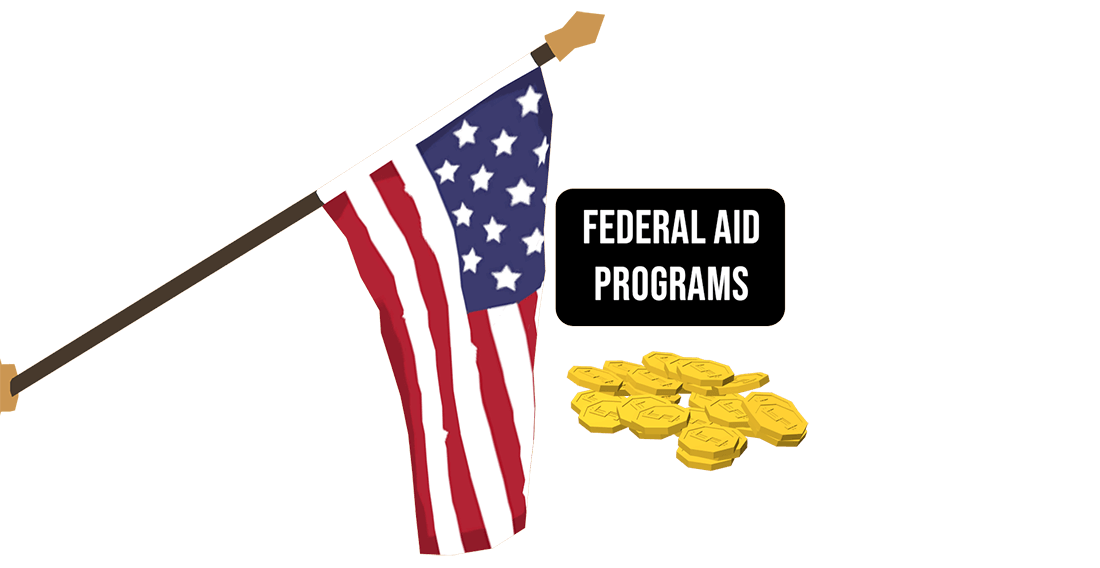The Federal Aid to Wildlife Restoration Program

The Federal Aid to Wildlife Restoration Program, commonly known as the Pittman-Robertson Act, is the most successful wildlife conservation program in the world. The program is also responsible for more beneficial activities and results than any other state-federal partnership in our country. The success of the program is due to sportsmen and sportswomen who have contributed billions of dollars to wildlife conservation through the purchase of sporting arms and ammunition.
The legislation provided for funding of the program through excise taxes collected from manufacturers on sporting arms, ammunition, and archery equipment. Every year the money is given to states to pay up to 75 percent of the costs for wildlife restoration, habitat acquisition, research, surveys, habitat enhancement work, facility construction, wildlife population management, operation and maintenance, shooting range development, and hunter education programs.
Since 1937, the Wildlife Restoration Program has contributed billions of dollars for wildlife conservation. More than 45 million acres of land are maintained through the program. Approximately 750,000 students are trained every year in safe firearm practices, archery, responsible behavior, and hunter ethics from the efforts and funds of the program. With the help of the Wildlife Restoration Program, white-tailed deer populations have rebounded across the country from half a million to 18 million today. Turkey populations have increased from 100,000 to 4.5 million birds and Rocky Mountain Elk populations have increased from 41,000 to over 800,000 animals.
The Federal Aid to Wildlife Restoration Program is a truly remarkable program that has allowed North America to experience the greatest wildlife conservation story in history.